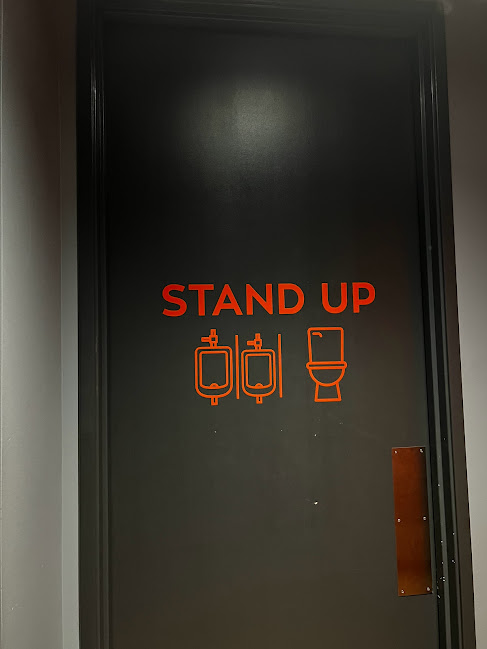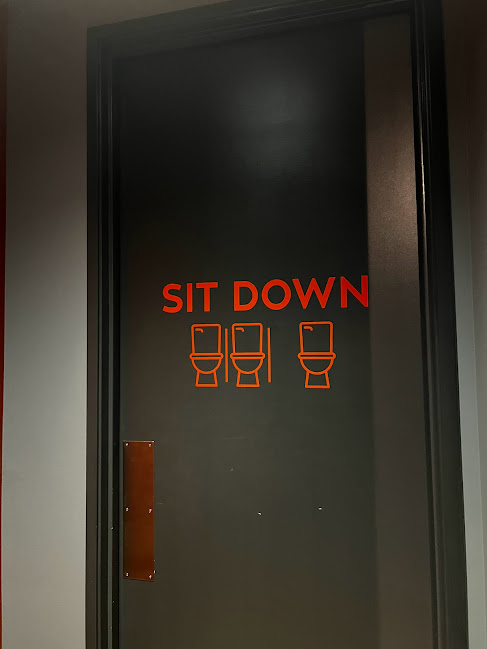1.1 Chapter Overview and Learning Objectives
The world around you is full of sociological concepts. You can look at patterns in houses, jobs, restaurants, social events, news stories, and even store layouts: rows of gendered pink and blue toys in separate aisles, for example. This chapter looks at the practice of sociology and, more specifically, at the sociology of gender. Think of stories in the news about gender inequality: the continuing pay gap between men and women or new laws and limits to transgender and nonbinary individuals’ use of public restrooms (see figure 1.1 for restroom images). The above examples are referred to as social problems and have negative consequences for members of society. Sociologists research these kinds of topics to develop solutions to address social inequities.



1.1. Typically we see restrooms with the male and female signs or labels, but these examples show an equitable way for restroom use.
Think of a recent day—it could be today or yesterday—when you heard or saw something that made you wonder, “Why is society like this?” or “What does that mean for the country/world/school/work that things are this way?” Maybe it was the layout of your local grocery store, accessibility issues with the houses in your neighborhood, or even an interaction you observed in class. Then answer these questions about one of those situations:
- Do you feel the perceptions in this social problem were shaped by gender and racial identities? How?
- What made you question the behavior or interaction you observed?
- Why do you think this happened?
- Do you think the issue you noticed is part of a bigger pattern? Could it be a social problem?
You just completed the first step of sociological research: observe something around you that seems interesting or wrong and ask questions about what is happening and why. These observations and questions are the practice of sociology. And, if any portion of your answer relates to gender, then you’re in the right place. In this text, we’ll discuss the basis of sociology, the sociology of gender, and why it is important.
1.1.1 Learning Objectives
After reading this chapter, you will be able to:
- Explain concepts that are central to sociology.
- Apply gender analysis to individuals, groups, and institutions.
- Describe the value of studying sociology of gender for both individuals and communities.
1.1.2 Preview of Key Terms
You will need some of these key terms to connect to this chapter and throughout this textbook. You can find the full list of key terms and their definitions at the end of this chapter. This list is not exhaustive, but it begins a deeper understanding of the concepts of sociology and the sociology of gender.
- culture: a group’s shared practices, values, beliefs, and norms.
- social problem: any behavior or issue that has a negative impact or consequence on members of society—one that is large enough to need to be addressed.
- sociological imagination: an awareness of the relationship between a person’s behavior and experience and the wider culture that shaped the person’s choices and perceptions.
- sociology: the scientific and systematic study of groups and group interactions, societies and social interactions, from small and personal groups (micro) to very large groups and institutions (macro).

